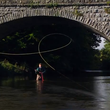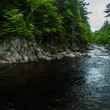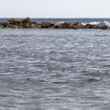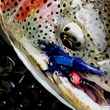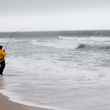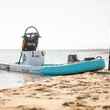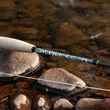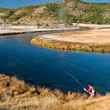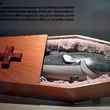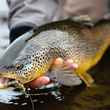Huddled under the dense rhododendrons in a futile attempt to escape the downpour, we tried to remember how many Mississippis there are in a mile. You know, Flash, 1-Mississippi, 2-Mississippi, 3-Mississippi, … , Boom. Divide the number of Mississippis by 5 (or is it 10) and you know how many miles away the lightning strike was. The question was academic, though, as our flashes and our booms were now little more than a startled heartbeat apart. Whatever your metric, the distance was more appropriately measured in meters than miles. It was no time to be in the water. All we could do is sit and watch the river rise, taking on the color of a nice mocha java.
That, and pray.
Sound travels at 1,125ft/sec. A mile is 5,280 feet, making it a little less than 5 Mississippis. The National Lightning Safety Institute recommends taking precautions if the F-B interval (their term, not mine) is less than 25 Mississippis (my term, not theirs).




